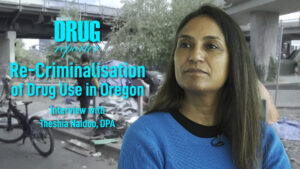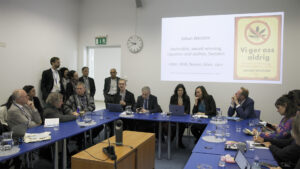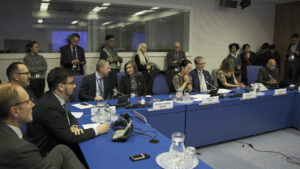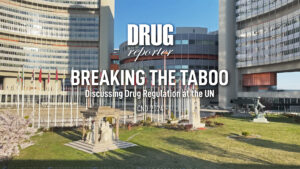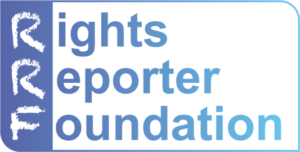In this episode of the oral history of the movement of people who use drugs, we introduce three countries with new and emerging user movements: Afghanistan, Tanzania, and Mexico.
In both Afghanistan and Tanzania, the driver of change has been the international health organisation, Médicine du Mondes. They introduced harm reduction and methadone treatment, which opened the door for passionate users to stabilise their lives and start advocating for their community.
In war-torn Afghanistan, the situation for people who use drugs is dire. There are three million people who use drugs in the country, and out of the nineteen thousand injecting opiate users, only around two thousand people receive methadone. We escorted Abdur Raheem Rejaey, head of the Bridge Hope Health organisation, under the famous bridge in Kabul, where they distribute syringes to people who inject heroin under very harsh conditions. Users are abandoned and neglected to the extent that even their dead bodies aren’t collected and buried. Forced treatment and torture is the usual ‘treatment option’. Raheem asks for the international community to support their organisation so that they can serve their community by providing services and advocating for their rights.
In Tanzania, Happy Assan works at the Tanzania Network for People who Use Drugs, TanPUD. The organisation was registered in 2014, and has since been involved in strategy building, guideline development, and in educating the user community, doctors, and nurses. They worked hand in hand with UNESCO on educating school children. They achieved amendments to the government’s drugs bill in 2015, which lessened the penalties for drug offences. The organisation now has two hundred thousand members across Tanzania.
The Latin American Network of People Who Use Drugs (LANPUD) is also a relatively new umbrella organisation, representing user groups from the Latin American region. In this film we did not have the capacity to cover the wide range of activities in each country, but we could talk to Brun González from Mexico, who described the major barriers of organising people who use drugs in the past: In this region, people who use drugs are viewed by the majority of the population as part of the “Narco culture,” the organised crime groups, and therefore violence. The double stigma of being seen as a murderer, rapist, and criminal, paired with the strong presence of the Catholic view of drug use as a sin, makes it very hard to come out as a user and represent the community. Having said that, there are many developments in the region, one of which is drug testing at party settings, which enables users to know what type of adulterants and potential poisons are present in their drugs.
Starting on Monday, 6th of July 2020, we publish one episode per week for 10 weeks. The episodes follow the timeline of the development of the movement of people who use drugs from Amsterdam to Afghanistan and globally.
The production of the series has been a great adventure. We conducted 34 video interviews in 20 countries around the world. 8 interviews were filmed by the Rights Reporter Foundation, the rest by members of our Drugreporter Video Advocacy Network, video activists, and freelance videographers worldwide.

The documentary series is part of the online conference “HIV 2020: Community Reclaiming the Global Response” which runs from July through October of 2020.
An alliance of global key population-led networks, networks of people living with HIV, treatment activists, and our supporters, has formed to organize an alternative international community-led online event.
The HIV2020 alliance has decided to organize the community-led event to provide an alternative for individuals who cannot or will participate in the AIDS2020 virtual conference. Its goal is to offer new opportunities to reaffirm the leading role communities play in the global HIV response.
To view each new episode every Monday, beginning today, visit this page.
This project was made possible by the financial support of the Bridging the Gaps Programme. This unique programme addresses the common challenges faced by sex workers, people who use drugs and lesbian, gay, bisexual and transgender people in terms of human rights violations and accessing much-needed HIV and health services. Go to www.hivgaps.org for more information.
Special thanks goes to Tonny van Montfoort, EuroNPUD representative on the INPUD Board, for driving this oral history project forward and setting out the creative vision.
István Gábor Takács
Drugreporter

